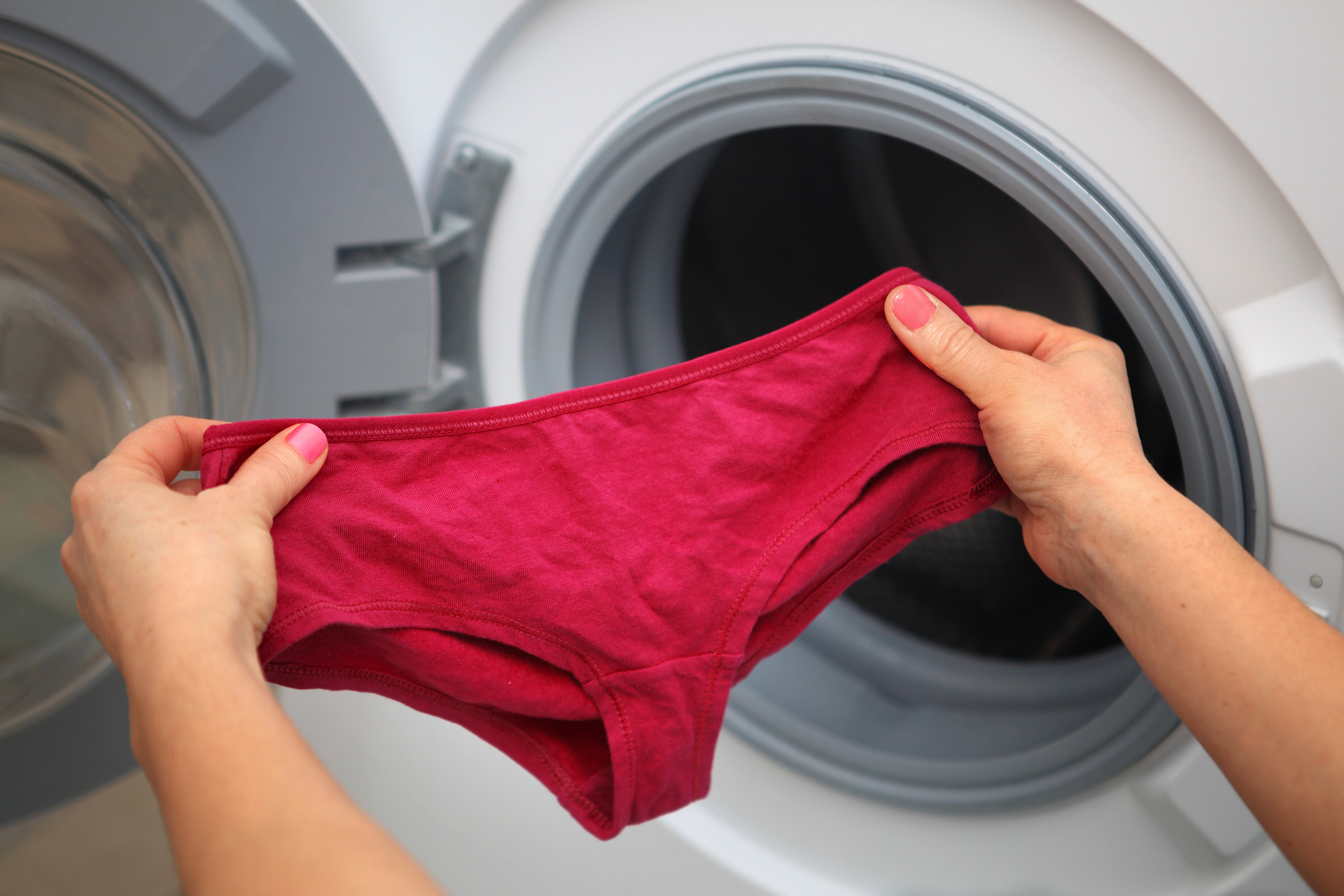My Carbon Footprint: the rise of the nearly new
Vintage, nearly new, preloved. Whatever you call it, the appetite for second-hand is reaching new heights

I’m pretty sure the BBC radio producer wasn’t anticipating a segment about consumer trends to become a live, nationwide chat about second-hand pants.
Or the lack thereof. Not the complete absence of pants you understand, just the fact that they’re one of four things we don’t buy nearly new as a household – along with (bamboo) toothbrush heads, mattresses and lightbulbs.
It was one of those increasingly frequent occasions when my job as a financial specialist meets my life as an environmentalist. And it’s a very, very good thing.
I was on to talk about the big increase in second-hand consumption reported by Gumtree this week – particularly, and unsurprisingly, in areas feeling the effects of the current cost of living crisis most keenly. Not that many are exempt these days.
One in 10 of us bought something second-hand for the first time between January and March. In the northeast that rises to one in five. Happy days.
So often, being more eco is inaccurately pinned to greater cost, when actually – especially when it comes to everyday buying decisions – the opposite is true.
This widespread, if subtle shift in the way we shop, including the disintegration of the stigma around nearly new, vintage, and preloved may well have some relationship with the climate crisis but make no mistake, this is largely financially led.
What I love about second-hand too, is that it doesn’t preclude us from layering up further planet and cash-saving approaches.
Like buying better, longer-lasting, quality items for the same money, only buying stuff we really need, and sharing resources we only require intermittently.
When the old boy on our street moved into a retirement flat the neighbours bought his lawnmower off him. There’s now one lawnmower between five households, saving space, cash and helping maintain and develop lines of local communication and a sense of community.
DIY materials and painting equipment soon followed, as did kids’ bikes and scooters. Often donated from one household to the loose, unofficial collective, occasionally purchased second-hand, the neighbourhood is empowered in the face of planned obsolescence, overconsumption and the increasingly desperate “buy more, buy now, buy new” messages coming at us from the retail industry.
(You should have seen the crammed shed when someone offered to show the street how to rewire a plug. We could have sold tickets.)
Hence the unexpected chat about the nature of my undergarments on national radio – one of the very few items we don’t buy second-hand.
The Gumtree data shows a similar revaluation. More than four in 10 of us gave goods away for free locally in the first few months of the year, while half donated products to charity and more than a third even made financial donations despite experiencing hardship.
Free stuff – everything from haircuts to sofas are also on the rise, the site reports.
There are a few snags though – real or imagined.
I’d love to say the stigma around second-hand really has been blown out of the water, as a climate disaster and a cost of living crisis combine to remind us there is another way.
It’s the way we used to consume, before the highly destructive 60-year experimental blip reduced our health, wealth and natural capital in the insane pursuit of exponential economic growth.
But there’s no doubt the stigma remains. Aligned to that is the argument I often get thrown back at me – that you can’t rely on second-hand stuff. It’ll just fall apart, surely?
Few people realise that the core protections we are reassured by when buying new items are the same when we buy second-hand, especially if we’re buying from a business. New or used, purchases are covered by the Consumer Rights Act: any item sold by a business must be as described, fit for purpose and of satisfactory quality.
If they’re not, buyers have a right to demand a replacement, a repair or a refund.
Depending on the value of the item and how you paid for it, you might also have protection under the Consumer Credit Act, too.
In fact, even if you buy an item from an individual – where the bulk of our own items come from – goods still have to be as described.
A quick online search can tell you more about your rights and the rules and obligations around rectifying problems or disputes.
So go forth and embrace the charity shop, the quirky apps, the leviathan websites.
In the meantime, I promise to stop talking about pants.
Subscribe to Independent Premium to bookmark this article
Want to bookmark your favourite articles and stories to read or reference later? Start your Independent Premium subscription today.

Join our commenting forum
Join thought-provoking conversations, follow other Independent readers and see their replies